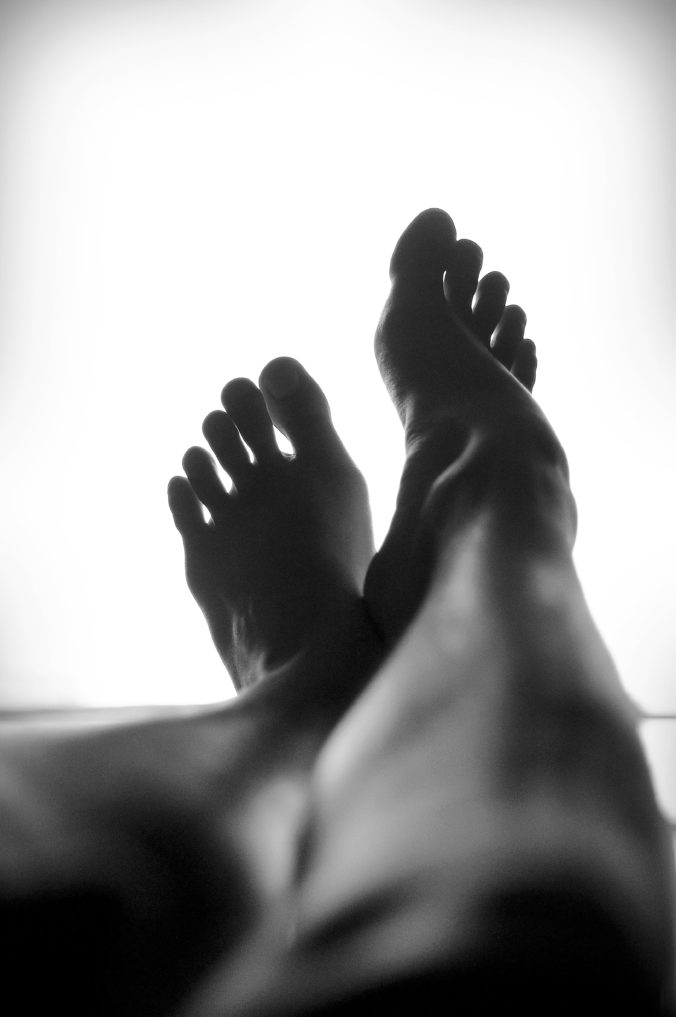Following on from last weeks post and 6 top tips for your squat i'm going to be talking about the most important part of the squat... this being DORSI-FLEXION
What's DorsiFlexion?
Dorsiflexion is the movement of bringing the front of your foot towards your shin.
It's such a simple movement and is crucial for an array of things from walking and running, through to todays topic of squatting.
How Does This Apply To My Squat?
The most crucial movement in a squat is maintaining a neutral or slightly extended spine as you lower down.
Once your lower back rounds into flexion (think of a nice curvy C), your form breaks, and there is a very dangerous load on your lower back and muscles.
This obviously is the opposite of what you want, you are actually looking for your glutes to be loaded and firing. This doesn’t happen when you have your nice curvy C rounded back.
In an ideal squat, you are shifting your weight back just like you’re sitting back into a chair. This chair however is invisible!
So you’ve checked your form, and you sit back into your ‘invisible chair’ the posterior, and you lower down close to 90 degrees…and, you feel like you can’t get any lower! You try to maintain the form above and stop the curvy C but you just can’t keep your back straight and go lower!
You feel perfectly strong enough, but you just can’t get any lower and feel stuck.
This is you having limited or poor or however you want to describe it dorsiflexion
How to check for a lack or dorsiflexion
1. Squat normally, check the angle between your hips, knees, and ankles.
2. Slide some 1″ blocks, weight plates or even books under your heels. Squat again and re-check the angle.
I’m guessing it got easier?! And you could sit further back!
If the answer to the above was “yes”, you have reduced dorsiflexion.
It’s a questionable strategy to squat with the blocks under your heels, but it may train you into a better motor pattern until you resolve your dorsiflexion problem.
Research that backs this up...
Now onto the nitty gritty that backs up all of the above!
Ankle dorsiflexion with flexed and extended knee has been found correlate significantly with squat depth, accounting for 38.8 and 23.7% of the variance in male and female subjects, respectively (p<0.05).
Hemmerich et al. (2006) reported that the average ankle dorsiflexion angle required was 38.5 ±5.9° during a squat. This is because the ankle is an important part of the closed-chain movement during deep squatting activities, limited mobility and stability of the ankle joint could inhibit performance of the proximal joints.
Boys Vs Girls
An important part to also mention is the slight variation that has been found between genders. The ROM of the ankle dorsiflexion is a major factor affecting squat depth in both genders, followed by the hip flexion ROM in male and actually ankle dorsiflexor strength in females.
For Further reading
Kim, S. H., Kwon, O. Y., Park, K. N., Jeon, I. C., & Weon, J. H. (2015). Lower extremity strength and the range of motion in relation to squat depth. Journal of human kinetics, 45(1), 59-69.
Hemmerich A, Brown H, Smith S, Marthandam SS, Wyss UP. Hip, knee, and anklekinematics of high range of motion activities of daily living. J Orthop Res, 2006; 24: 770-781 Equipment for squatting
What to do if my dorsiflexion is lacking?
You can book a session in with me, where I can tailor a plan not just to help your dorislfexion but help with all the other movements and joints that help form a perfect squat.
Alternatively wait till next week where I give some advice on improving your dorsiflexion
Lastly in the near future i'll be starting skype sessions to go 1v1 anywhere in the world to help tailor a plan to you, subscribe below to find out when this will be launching!
